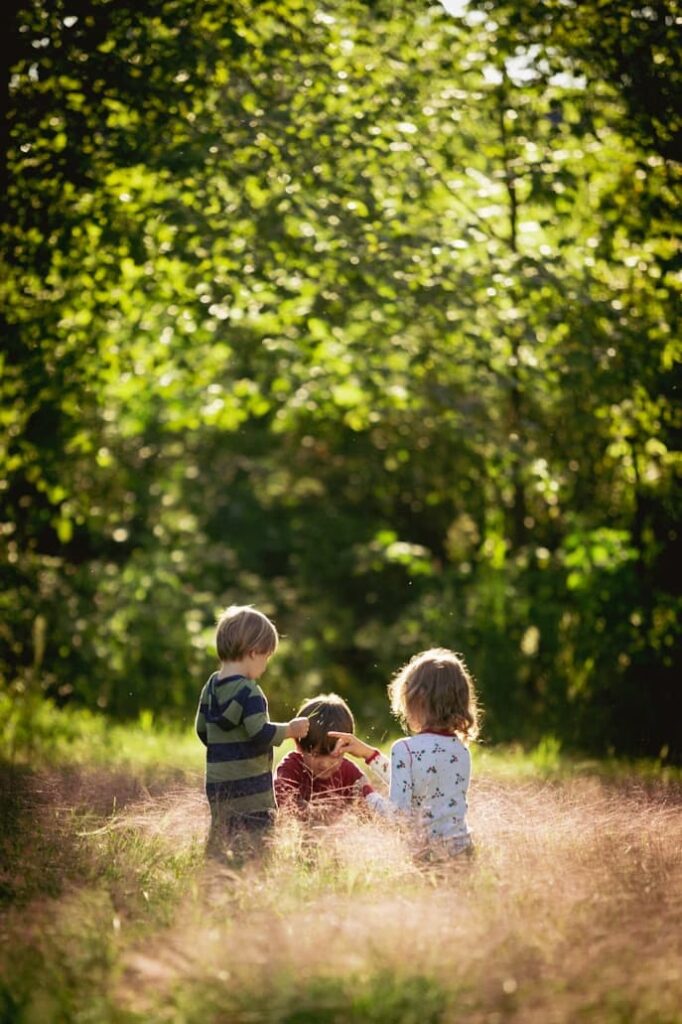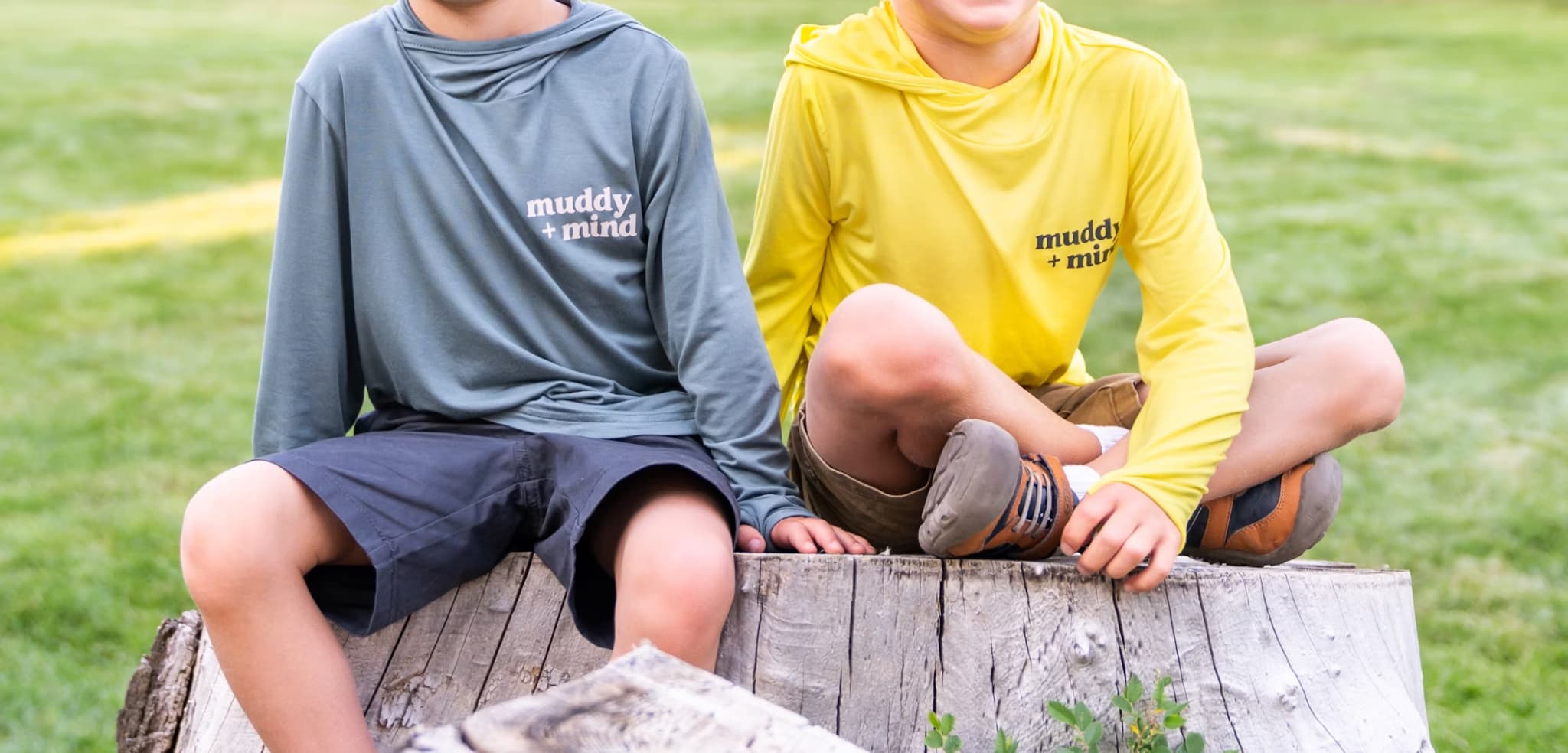In the modern family, it’s a familiar scene: the magnetic glow of a tablet or smartphone, holding a child’s attention with an almost gravitational pull. As parents, we instinctively know that outdoor play is essential for healthy development, yet convincing a child to trade a dynamic, interactive digital world for the quiet simplicity of the backyard can feel like an unwinnable negotiation. The issue is rarely a lack of love for the outdoors, but a competition for engagement. Screens offer instant gratification, compelling narratives, and a low barrier to entry.
To genuinely encourage outdoor play, we must stop framing it as a chore or a health requirement. Instead, we need to become better storytellers and architects of adventure. We must present the outdoors not as the absence of screens, but as the presence of something far more captivating: a world of discovery, sensory richness, and limitless imagination. This isn’t about forcing them outside; it’s about re-enchanting the natural world and inviting them into a story where they are the hero. The goal is to shift their mindset from passive consumption to active creation, transforming “go outside and play” from a command into an irresistible invitation.
The Art of the Invitation: Shifting from Demand to Discovery
The way we frame an activity determines its success. A demand like, “You’ve been on your tablet too long, go outside,” immediately positions outdoor time as a punishment. The alternative is to create a “narrative hook”—a small spark of mystery or a mission that piques their curiosity. You aren’t just sending them to the backyard; you are sending them to a newly discovered planet.
Think like a game designer, applying a core loop of challenge and reward to outdoor play. Instead of “let’s go for a walk,” try, “I saw some strange tracks by the big oak tree; I need a lead detective to help me investigate.” The walk now has a purpose and a mission, giving your child a role and objective. This empowers them with agency, inviting them to co-create a story. It could be as simple as leaving a treasure map on the kitchen table or as imaginative as declaring the garden has “shrunk,” where they must navigate it as tiny explorers. The key is to ignite the imagination first; the physical activity will follow naturally.
Crafting the Adventure: Low-Prep, High-Imagination Activities

While grand adventures are wonderful, consistency is built on accessible, low-preparation activities that can be deployed at a moment’s notice. The best outdoor prompts are open-ended, relying on a child’s creativity rather than a rigid set of rules. These “story starters” use natural materials and encourage a child to see the world around them not for what it is, but for what it could be. All you need to do is provide a simple prompt or a few basic tools, and then step back to let their imagination take over.
Here are a few ideas that require minimal setup but offer maximum creative potential:
- Potion-Making Station: Arm your child with a bucket of water, a few empty jars or bowls, and a spoon. Their mission is to create magic potions using only natural ingredients they can find: fallen leaves, flower petals, interesting twigs, soil, or small stones. They can be a forest wizard, a scientist developing a new formula, or a chef making a special soup for the fairies. This activity engages the senses of touch and smell and encourages mindful observation.
- Nature’s Art Studio: Give your child a blank “canvas”—a patch of dirt, a large piece of cardboard, or an old white sheet. The challenge is to create a masterpiece using only found natural objects. A swirly leaf becomes a beautiful dress, a line of pebbles becomes a winding river, and vibrant flower petals become fireworks in the sky. This teaches texture, color, and composition without a single crayon.
- Shadow Puppet Theater: On a sunny day, hang a plain white sheet from a clothesline or between two chairs. On the other side, the child can use their hands, toys, or interestingly shaped leaves and sticks to create a shadow puppet show. It’s a magical form of storytelling that connects them to the movement of the sun and the properties of light.
- Build a Micro-Habitat: Challenge your child to become a wildlife conservationist for the afternoon. Their task is to build a small shelter for insects or other tiny creatures. Using bark, twigs, moss, and leaves, they can design and build a “bug hotel” or a “fairy house.” This fosters empathy and a connection to the tiny ecosystems thriving right in their own backyard.
Making it Stick: Weaving Outdoor Time into Your Family’s DNA
A single afternoon of fun is great, but the ultimate goal is to build a lasting, positive relationship with the outdoors. This is achieved by weaving these experiences into the fabric of your family life, making them a ritual rather than a novelty. Create a weekly “Adventure Hour” where one person gets to choose the outdoor mission for the family. This could be anything from cloud-watching and finding shapes in the sky to a “photo safari” where the goal is to take pictures of five different types of insects.
Most importantly, model the behavior you want to see. Put your own phone away and engage with genuine enthusiasm. Show your child that you, too, can find wonder in a curiously shaped rock or the intricate pattern of a spider’s web. When outdoor time is a shared source of joy, connection, and family memories, it ceases to be a competitor to screen time. It becomes something far more valuable—a source of lifelong well-being and a reminder that the greatest adventures don’t come with a power cord.
